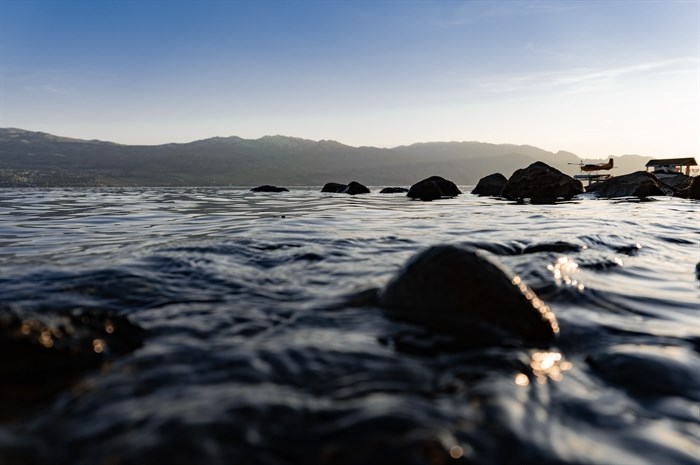
FILE PHOTO
Image Credit: UNSPLASH/Tyler Reynolds
July 18, 2022 - 4:31 PM
On Saturday a man drowned in Wood Lake while trying to help someone else struggling in the water. Unfortunately, drownings are all too common in the Interior Health region which accounts for 34% of the province’s drowning deaths despite having only 14% of its population.
Okanagan Lake is the most deadly lake, and six of the ten B.C. lakes where people have drowned are in the Okanagan and Shuswap regions.
The Thompson River has the second highest number of drownings in the province, behind the Fraser River.
READ MORE: Man drowns while trying to help someone in Wood Lake
Drowning data released by the B.C. Coroners service last year covers the decade from 2008 to 2018. During that time, 822 people drowned with 28 of those deaths in Okanagan Lake and 14 in the Thompson River.
Drowning in rivers and creeks is the most common in B.C. at 32%, followed by lakes and ponds (29%) and the ocean (20%).
Another 8% drown in the bath, 4% in swimming pools, 3% in ditches and 3% in hot tubs.
Along with the 14 deaths in that decade in the Thompson River, three other regional rivers made the top 10 list.
Kettle River/Cascade Falls accounted for nine deaths, the Similkameen River for six and the Shuswap River had five.
READ MORE: Kelowna RCMP confirms body found by farmer near Mission Creek missing woman
In terms of regional lakes, Shuswap Lake was second on the list with 13 deaths, and Kalamalka Lake was third with 10.
There were six deaths in both Skaha and Wood lakes and five in Mara Lake.
While that list is a bit dated, B.C. Coroners Service said, in an email to iNFOnews.ca, there 34 deaths from 2017 to 2022 in the Okanagan Health Service Delivery Area, 15 of which were in Okanagan Lake. It does not include drownings in bathtubs, hot tubs or swimming pools.
The Health Service Delivery Area includes the entire Okanagan up to Sicamous but does not include Shuswap Lake.
The report for the 2008 to 2018 time period says 79% of drowning were males with 87% of them being B.C. residents.
The most common age group to drown were 19 to 29 years old at 23%, while 17% of those who drowned were 50 to 59 years old. Alcohol and/or drugs contributed to 38% of drownings.
See the full coroners service report here.
To contact a reporter for this story, email Rob Munro or call 250-808-0143 or email the editor. You can also submit photos, videos or news tips to the newsroom and be entered to win a monthly prize draw.
We welcome your comments and opinions on our stories but play nice. We won't censor or delete comments unless they contain off-topic statements or links, unnecessary vulgarity, false facts, spam or obviously fake profiles. If you have any concerns about what you see in comments, email the editor in the link above.
News from © iNFOnews, 2022